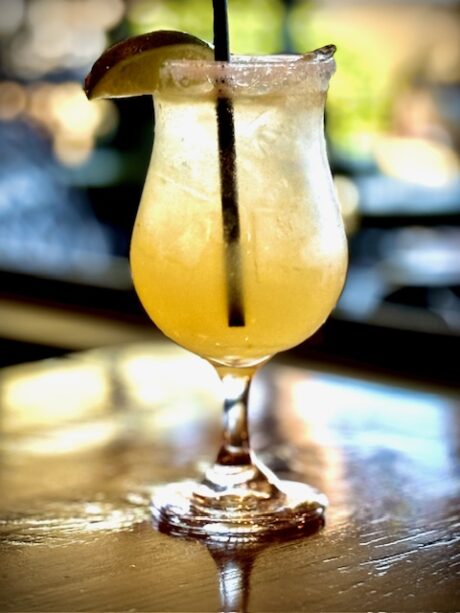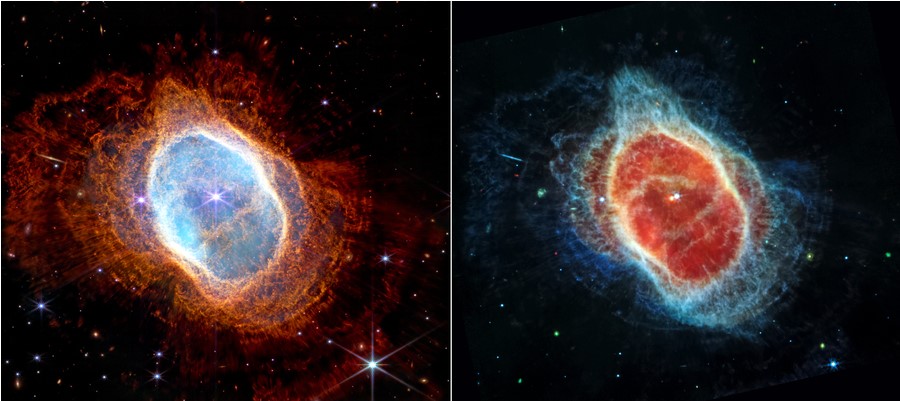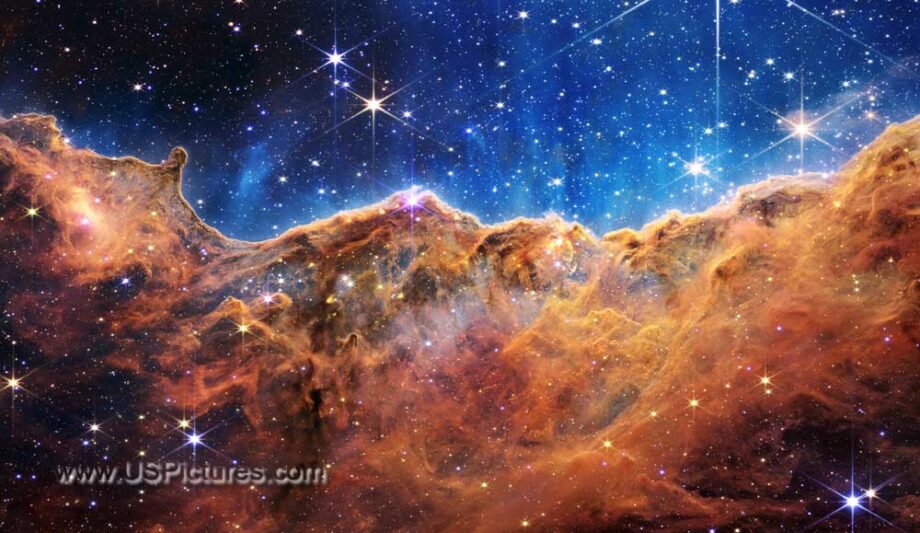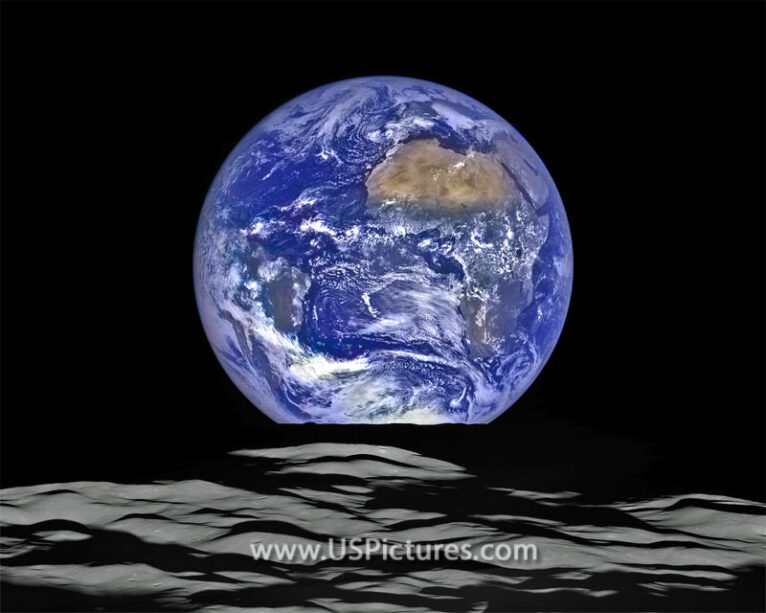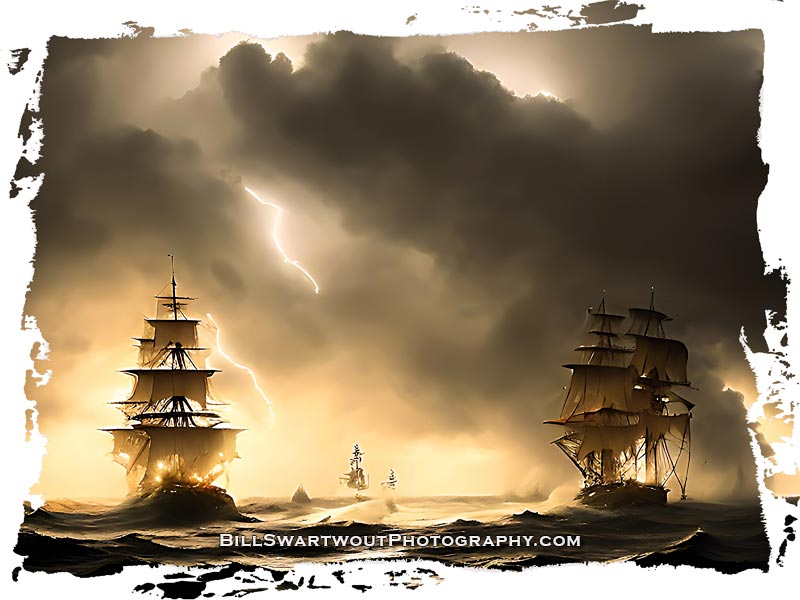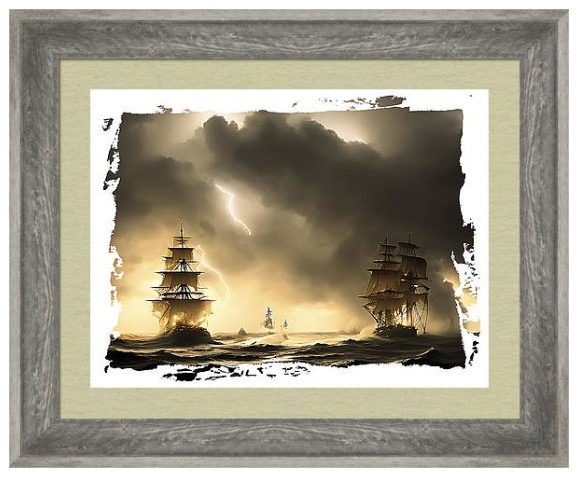Artificial Intelligence can be useful as an aid to marketing photographs in a gallery.
I have appreciated the AI generated keywords and descriptions that have been added to FineArtAmerica.com‘s upload process. It does a, surprisingly, decent job of identifying what is in the image. I use that AI-generated content as a starting place, but I almost always add a location (which the AI cannot determine) and a couple of other details, I do that because it is the description (content) that is indexed by the largest search engines, Google and Bing.
An example…
I recently uploaded an image of a Margarita that I had ordered at a restaurant. It was one of my “52 Week Challenge” (indoor) images. Here is the way I expanded the auto-generated content.
FAA’s AI content: A refreshing cocktail is elegantly presented in a curvy glass, garnished with a lime wedge and a black straw. Soft, warm lighting highlights the drink’s vibrant yellow hue, creating a cozy and inviting atmosphere.
With my basic addition: A refreshing Margarita cocktail at the Sea Captain’s House in Myrtle Beach, SC is elegantly presented in a curvy glass, garnished with a lime wedge and a black straw. Soft, warm lighting highlights the drink’s vibrant yellow hue, creating a cozy and inviting atmosphere.
Then I used the “Content Expander” at WordHero.co, an Artificial Intelligence (AI) service to which I subscribe. I fed in the description with my addition, and this is resulting description that I used with the photograph in my gallery:
“At the Sea Captain’s House in Myrtle Beach, SC, the Margarita cocktail is a delightful treat that promises to refresh your senses. This classic drink is served in an elegantly curvy glass, perfectly designed to enhance the enjoyment of every sip.
A fresh lime wedge perches on the rim, ready to add an extra zing to your cocktail experience. A sleek black straw completes the presentation, inviting you to dive into the vibrant flavors that await.
The drink’s brilliant yellow hue glows warmly under the restaurant’s soft lighting, creating a cozy and inviting ambiance. The atmosphere is perfect for unwinding and enjoying the moment.
Every detail of this Margarita is crafted to bring joy, from its presentation to its refreshing taste. It’s not just a drink; it’s a little piece of happiness in a glass.”
Click the image above for a better view of the photograph or CLICK HERE.
Check out Word Hero at: https://wordhero.co/?via=bill-swartwout
(Yes, that’s an affiliate link.)
